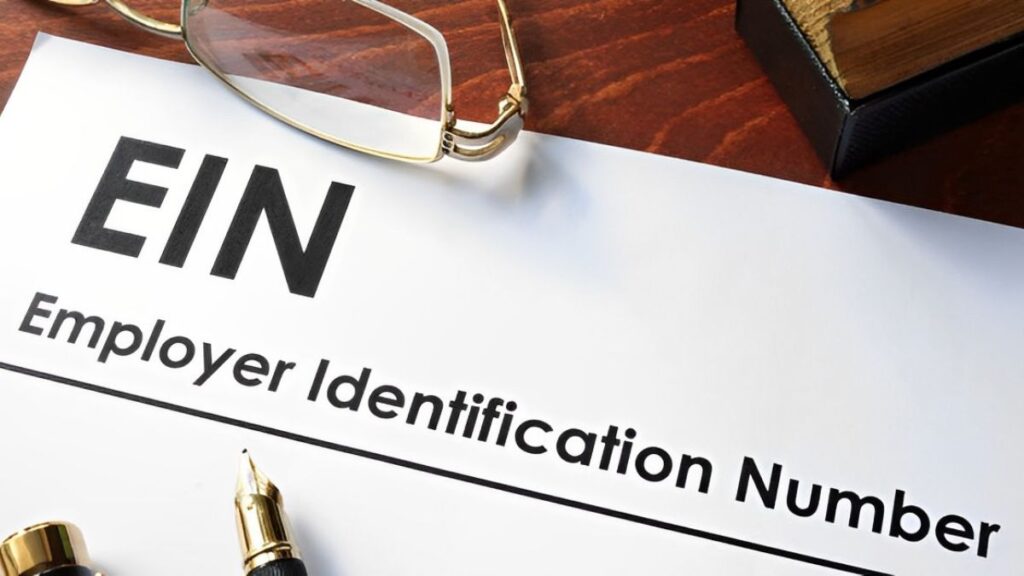There are many ways to start a business, each with advantages and disadvantages. There are four main types of economic entities: company, sole trader, partnership, and joint stock company. A business partnership is, by definition, two or more persons who join forces to form a business and agree to share risks, profits, and losses. Examples of business partnerships include law firms, medical groups, real estate investment firms, and accounting firms.
In contrast, a sole trader places all these obligations on one person, while a company operates as an independent legal entity, separate from its owners. A limited liability company, or LLC, combines a partnership and a corporation that allows the owners to take profits and losses from the business without personal liability or taxes.
For many people, starting with a partner is an opportunity to build experience, knowledge, and aspirations with others. To maximise these benefits, it helps to understand exactly what an affiliate is .
How to Establish a Business Partnership?

Choose Partners To Establish a Business Partnership
You can start a business partnership with one or more other owners. You will need to make several decisions about these members’ roles, responsibilities, and fees.
Affiliate Contributions To Join a Firm Partnership
How much does one need to spend to join this firm partnership? Usually, this person contributes a certain amount of money to the partnership when the partnership is established or when a new business partner joins. You must decide how much each original firm partner should contribute and how much new partners will contribute.
Types of Company Partners
What kind of partners do you want in your business partnership? Are all partners the same, or do some have more day-to-day responsibilities than others?
A company can have several types of business partners:
- Business partners who work and make decisions and are responsible for the debts and obligations of the limited liability company
- Limited business partners who participate but do not make daily work and decisions.
You may also want some business partners to receive equity (ownership) and others to be paid a salary (salaried as an employee) because they are responsible. These two types are called equity partners and salaried partners.
Shares of a Firm Partner
What share of the profits does each firm partner receive? The partnership’s profits are distributed among the partners according to their contribution, tenure, type, or combination. Take 100 percent and share it with all partners. The amount owed to each shareholder is called a distribution.
Naturally, the partners share the losses of the business partnership in equal percentages. This distribution is for tax purposes only; the amount each business partner takes from the partnership of this percentage is voluntary.
Decide Firm Partnership Type
Based on the decisions made in the first step, you should choose the type of business partnership. A limited liability company has the same type of partners; everyone participates in the daily decisions, and the way the partnership works is the same.
A limited partnership has both limited partners and general partners.
A limited liability company protects all partners from liability for ordinary companies.
There may be several types of business partnerships in your state. At this point, you should check with your state’s commerce department to see what partnerships are available.
Name Your Company Partnership
Your partnership type determines the name of your business partnership. For example, if you are setting up a limited partnership, you want the title to be in your name. Some states have requirements for different types of business names, so now is the time to do some research before choosing one.
The business name is important information for your business, and it is difficult and expensive to change it, so make sure you are sure of your business name before proceeding to step four. If you don’t go directly to step four, you can register your partnership name in your state. If you are registering soon, you do not need to register the business name separately.
Register Your Business Partnership
Once you have all the information you need for your business partnership, go to your state’s secretary of state’s website and look for the business or corporation section. Here you can register your company as a partnership. Most countries allow you to complete this registration online.
If your business partnership operates in more than one state, you must complete this registration process in each state. The principal state first becomes a “domestic” partnership, then registered in other states as a “foreign” partnership.
Get an Employer ID Number for Firm Partnership

You can get an Employer Identification Number (EIN) from the IRS if you have a business name, type, and location. Almost all businesses need an EIN, even if they have no employees. Getting an EIN is easy, and you can apply for an EIN online or by phone and get an instant number 9
But beware of fake employer identification number websites. They will walk you through the process of getting an EIN and then file your fee.
Sign a Business Partnership Agreement
You must not skip this important step to start your partnership. The business partnership agreement defines in writing all the processes and decisions that the parties have agreed upon. It answers all the “what if” questions that can come up in a relationship.
Get Other Registrations, Licences, and Permits
Here’s a quick list of some of the other legal and regulatory steps you’ll need to complete when starting your business partnership:
Register with your state’s tax office for sales tax when you sell taxable goods or services.
Register to pay federal taxes using the EFTPS payment system. This registration concerns the payment of employment tax if you have employees.
You must register a fictitious name for your city or county (sometimes called a DBA if you are “doing business”).
Finally, depending on the type of partnership you have, you will need to register for business licenses and permits for your business in your location.
The pros and cons of a business partnership can be:
Understanding the advantages and disadvantages of forming a partnership can help you better understand how a firm partnership works and decide if it is the most beneficial structure for your organisation.
Pros of a Business Partnership
Stronger financial position: The ability to pool resources can provide your business with more capital and new investors while making it easier for your business to borrow money. Sharing business expenses with partners helps save more than going it alone.
Brain Trust: The ability to share skills and institutional knowledge is a key benefit of business partnerships. This can help expand your knowledge and the versatility of your business.
A wider net: By sharing contacts and relationships with your business partners, you can build new relationships and expand your professional network.
Fresh eyes: Engaging partners can bring new perspectives to your business, seeing things from a different perspective. Partners can provide fresh ideas, marketing strategies, and inspiration to grow your business.
Tax savings: If your business is incorporated as a public company, your business does not necessarily have to pay income tax. In Canada, the partnership itself does not pay income tax on its business profits or file a tax return. Instead, each company partner includes a share of the income or loss of the partnership on the income tax return of the individual, corporation, or foundation.
Cons of a Business Partnership
Liability: The main disadvantage of a business partnership is that all partners share losses, liabilities, and risks and are fully responsible for the financial obligations of the business. This means that creditors can seize the personal assets of each firm partner if these obligations are not met.
Loss of full control: Self-employed people who are used to doing things their way can take some adjusting to when they switch to a partnership. Partners share the decision-making process and may be forced to compromise if they cannot agree.
Possible conflict: When more than one person makes business decisions, there is an opportunity for differences of opinion that can lead to conflict. Partners may also develop resentment if they feel one person is not contributing their share.
Hard sell: A business partner cannot sell the business without the consent of all the other partners, which can create an impasse if one of the owners is ready to leave.
Risk of instability: Without a plan, the death, illness, or retirement of one company partner can jeopardize the future of the business.
What Is the Difference Between a Shareholder and a Company Partner?

However, what the shareholder loses influence in the company, is compensated by the fact that the shareholders are not responsible for the activities of the company; they can lose or make money from the business, but they cannot be held responsible for the illegal actions of the company or its partners.
Conclusion
A business partnership is a legal agreement between two or more parties that defines the joint ownership and operation of the business. A partnership can be between two people, two companies, or shared between several people and organisations. There are some advantages as well as disadvantages of having a firm partnership. You must take care of the criteria for creating a company partnership.
categorize individual line items by expenditure category, good accounting software may help you further differentiate between deductible and unreimbursed expenses. Personal expenditures, entertainment expenses, food expenses, travel expenses, capital expenses, and more are all included under this heading. This not only helps with reporting at the end of the tax year, but it also enables you to review your business spending in detail and identify potential areas for cost reductions.
For more insights and ideas related to businesses, marketing, social media, financial awareness, business essentials and technology check out BiznessHub, to explore further opportunities and knowledge.
FAQs
Ques. What is a business partnership?
Ans. A company partnership is when two or more two people come together and start their own business. Most of the time, they invest economically.
Ques. What are the pros of the firm partnership?
Ans. Stronger financial posts, several brainstormers, the segregation of work is easy, and many more.
Ques. Can you have a business partner for small businesses?
Ans. Yes, you can have.




